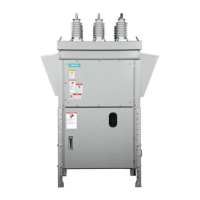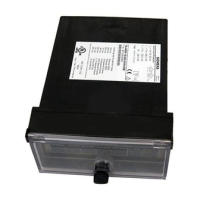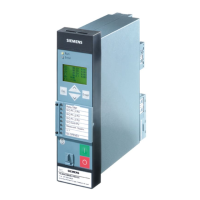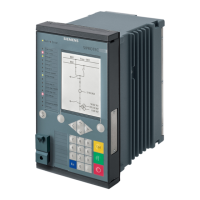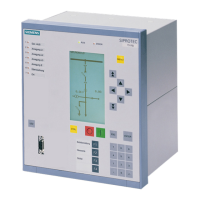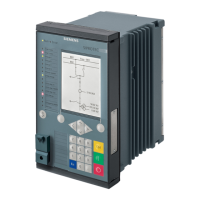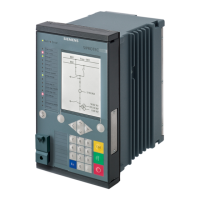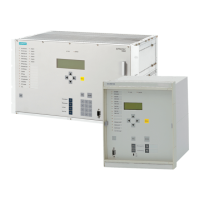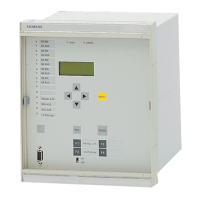Selectivity with parallel incoming feeders
5.2 Selectivity with three identical incoming feeders
Selectivity for 3VA molded case circuit breakers
62 Configuration Manual, 08/2016, A5E03603181010-01
Asymmetrical fault current distribution
Asymmetrical fault current distribution is the norm as a result of variations in fault impedance
among multiple incoming feeders. With sufficient damping by the fault impedance, the total
short-circuit current I
kΣ
can be kept so small that instantaneous short-circuit tripping of the
transformer circuit breaker in the incoming feeder in which the fault occurred is no longer
certain. In such cases, all incoming feeders are tripped simultaneously and thus non-
selectively.
In order to prevent non-selective tripping as a result of wide variations in fault impedance,
infeed circuit breakers that have an S release with an I
2
t-dependent tripping characteristic
must be used. The gain in selectivity that can be achieved using S releases with an
I
2
t-dependent tripping characteristic is shown in the following diagram:
① Characteristic displacement factor
② Total short-circuit current
Figure 5-2 Selectivity with 3 parallel-connected transformers with the same output ratings (terminal short-circuit on
secondary side of a transformer, I
2
t-dependent fault clearance)
Using S releases with an I
2
t-dependent tripping characteristic allows a much improved
current-time selectivity to be achieved because there is no contact between the tripping
characteristics of the two short-time delay short-circuit releases of circuit breakers Q2 and
Q3 over the tripping range of the instantaneous short-circuit release of circuit breaker Q1.

